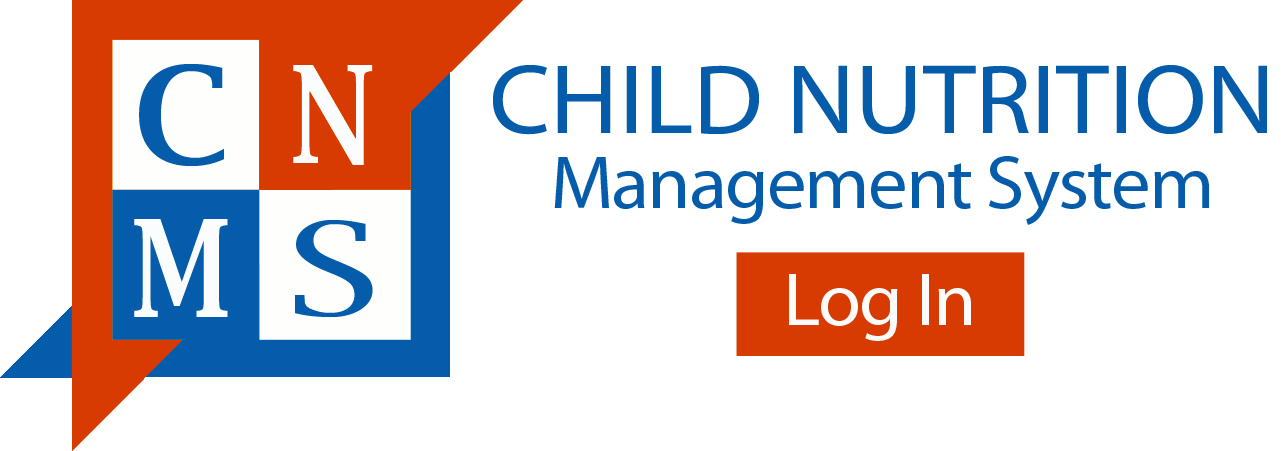Written evidence is the primary source of eligibility confirmation for all households, including TANF, FDPIR, Other Source Categorical Eligibility Programs, and foster child households. Written evidence most often includes pay stubs from employers or award letters from assistance agencies or other government agencies.
|
Acceptable Written Evidence |
|
|---|---|
|
Income Eligible |
Contains:
*A pay stub with no dates would be insufficient |
|
Categorically Eligible: Assistance Program |
An official letter or notice indicating that the child or any household member is receiving benefits from that program, such as a notice of eligibility. *A document from an Assistance Program that does not specify the certification period does not meet the documentation for verification. *For example, the identification cards for SNAP or TANF would be insufficient unless it contains an expiration date. |
|
Categorically Eligible: Other Source |
An official letter, notice, or list from the appropriate State agency, social service agency, program office or coordinator, or court. |
Note: Tax returns may be used to verify income of self-employed household members ONLY.




